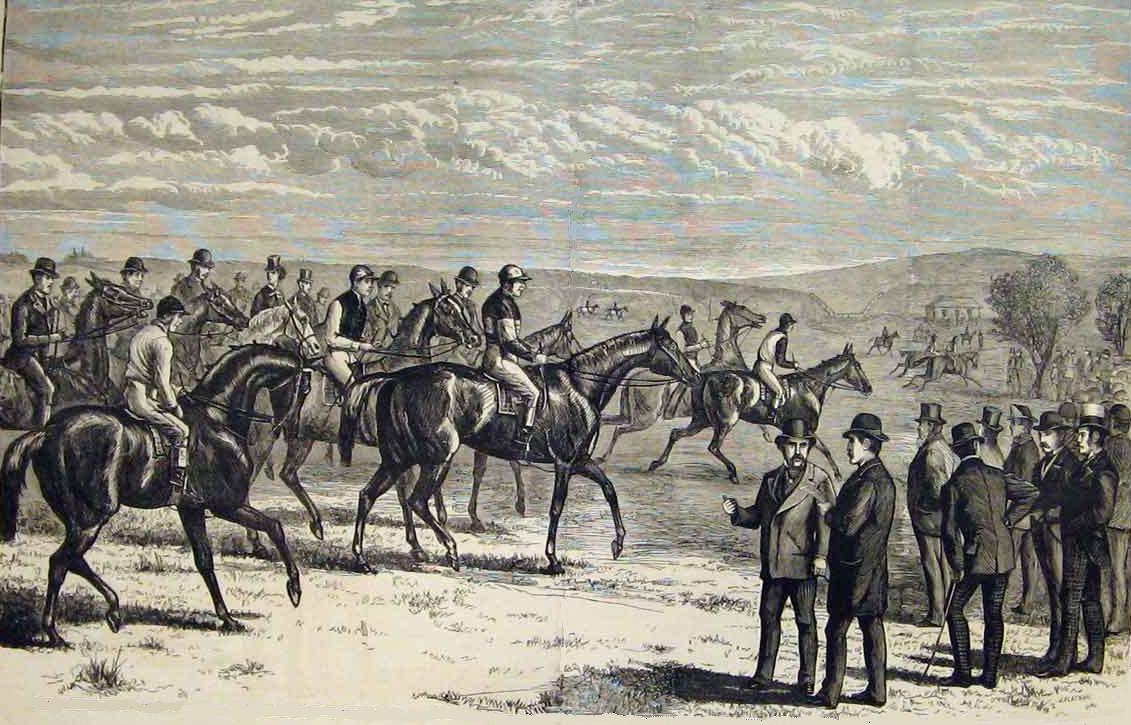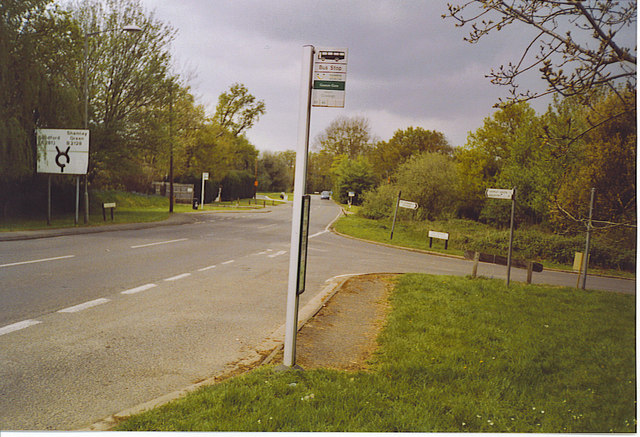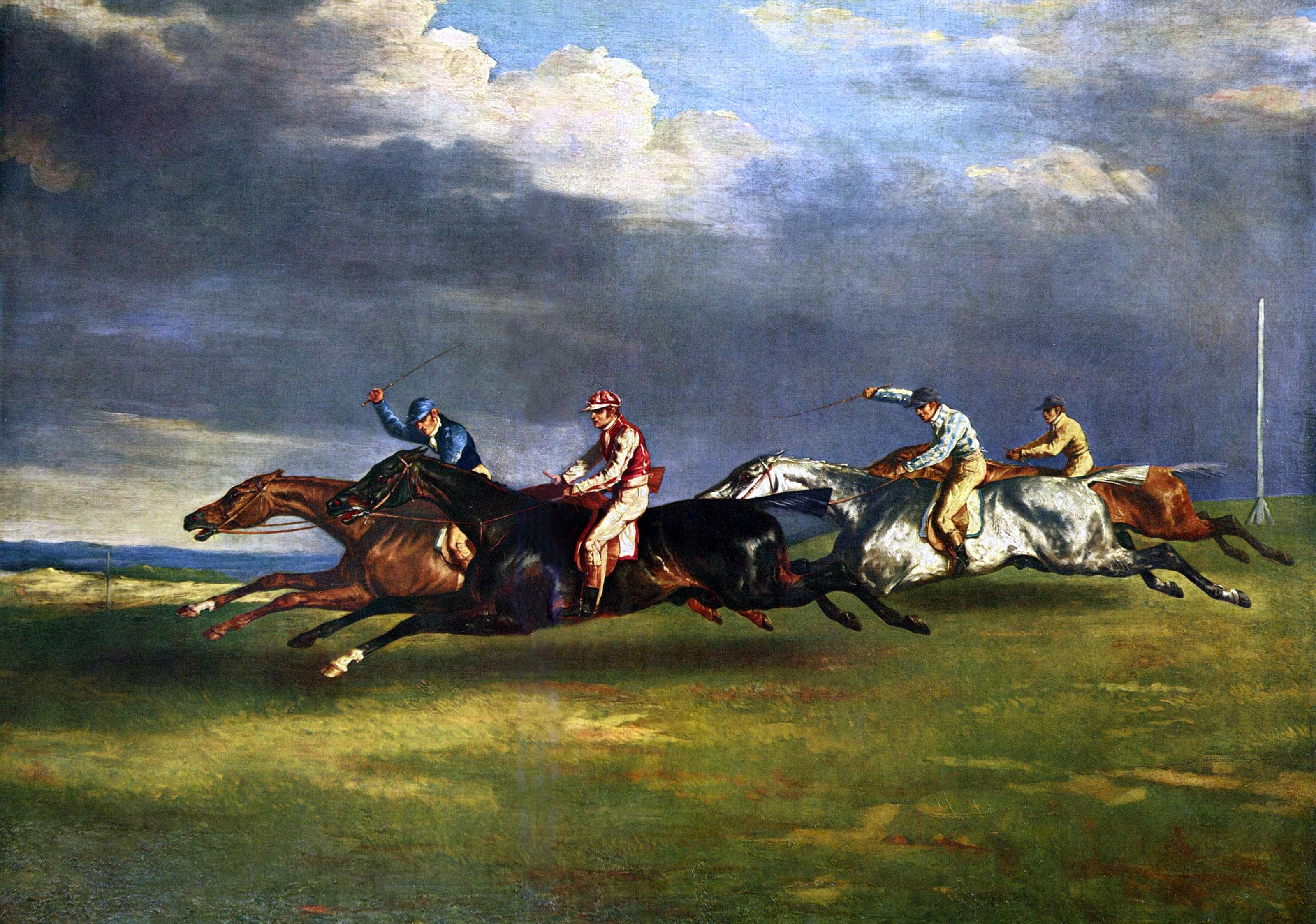|
Geoff Lewis
Geoff Lewis (born 21 December 1935) is a Welsh retired jockey who was born in Talgarth, Breconshire. He moved to London with his family (he was one of thirteen children) in 1946. After initially working as a hotel page boy, he started his racing career as an apprentice with Ron Smyth, who was a trainer in Epsom. He will be best remembered as the jockey who won the 1,000 Guineas, 2,000 Guineas, Epsom Oaks (twice), Coronation Cup, and Prix de l'Arc de Triomphe. Most watchers of the sport of horse racing would consider that his greatest moment came in 1971 when he rode Mill Reef to win The Derby. He was regarded as one of Europe's leading jockeys between 1953 and 1979. Geoff Lewis retired as a jockey in 1979, after which he applied for a trainer's licence and began to train at Thirty Acre Barn, near Epsom racecourse. He trained almost 500 winners before his retirement to Spain in 1999. In 2014 he moved back to Cranleigh, to be near his daughter in Ewhurst. ... [...More Info...] [...Related Items...] OR: [Wikipedia] [Google] [Baidu] |
Jockey
A jockey is someone who rides horses in horse racing or steeplechase (horse racing), steeplechase racing, primarily as a profession. The word also applies to camel riders in camel racing. The word "jockey" originated from England and was used to describe the individual who rode horses in racing. They must be light, typically around a weight of 100-120 lb., and physically fit. They are typically self-employed and are paid a small fee from the horse trainer and a percentage of the horse's winnings. Jockeys are mainly male, though there are some well-known female jockeys too. The job has a very high risk of debilitating or life-threatening injuries. Etymology The word is by origin a diminutive of ''jock'', the Northern England, Northern English or Scottish people, Scots colloquial equivalent of the first name ''John (name), John'', which is also used generically for "boy" or "fellow" (compare ''Jack (name), Jack'', ''Richard, Dick''), at least since 1529. A familiar instance of ... [...More Info...] [...Related Items...] OR: [Wikipedia] [Google] [Baidu] |
2,000 Guineas
The 2000 Guineas Stakes is a Group 1 flat race in Great Britain open to three-year-old thoroughbred colts and fillies. It is run on the Rowley Mile at Newmarket over a distance of 1 mile (1,609 metres) and scheduled to take place each year at the start of May. It is one of Britain's five Classic races, and at present it is the first to be run in the year. It also serves as the opening leg of the Triple Crown, followed by the Derby and the St Leger, although the feat of winning all three has been rarely attempted in recent decades. History The 2000 Guineas Stakes was first run on 18 April 1809, and it preceded the introduction of a version for fillies only, the 1000 Guineas Stakes, by five years. Both races were established by the Jockey Club under the direction of Sir Charles Bunbury, who had earlier co-founded the Derby at Epsom. The races were named according to their original prize fun ... [...More Info...] [...Related Items...] OR: [Wikipedia] [Google] [Baidu] |
Champion Stakes
The Champion Stakes is a Group 1 flat horse race in Great Britain open to thoroughbreds aged three years or older. It is run at Ascot over a distance of 1 mile and 2 furlongs (2,012 metres), and it is scheduled to take place as part of British Champions Day each year in October. History The event was established in 1877, and it was originally held at Newmarket. The inaugural running was won by Springfield. By the end of the century it had been won by five Classic winners. The present system of race grading was introduced in 1971, and the Champion Stakes was classed at the highest level, Group 1. The race was included in the Breeders' Cup Challenge series in 2009 and 2010. The winner earned an automatic invitation to compete in the Breeders' Cup Turf. The Champion Stakes was transferred to Ascot in 2011. It became part of a newly created fixture called British Champions Day. It now serves as the midd ... [...More Info...] [...Related Items...] OR: [Wikipedia] [Google] [Baidu] |
Ascot Gold Cup
The Gold Cup is a Group 1 flat horse race in Great Britain open to horses aged four years or older. It is run at Ascot over a distance of 2 miles 3 furlongs and 210 yards (4,014 metres), and it is scheduled to take place each year in June. It is Britain's most prestigious event for "stayers" – horses which specialise in racing over long distances. It is traditionally held on the third day of the Royal Ascot meeting, which is known colloquially (but not officially) as Ladies' Day. Contrary to popular belief the actual title of the race does not include the word "Ascot". History The event was established in 1807, and it was originally open to horses aged three or older. The inaugural winner, Master Jackey, was awarded prize money of 100 guineas. The first race took place in the presence of King George III and Queen Charlotte. The 1844 running was attended by Nicholas I of Russia, who was making a state vis ... [...More Info...] [...Related Items...] OR: [Wikipedia] [Google] [Baidu] |
2,000 Guineas Stakes
The 2000 Guineas Stakes is a Group 1 flat race in Great Britain open to three-year-old thoroughbred colts and fillies. It is run on the Rowley Mile at Newmarket over a distance of 1 mile (1,609 metres) and scheduled to take place each year at the start of May. It is one of Britain's five Classic races, and at present it is the first to be run in the year. It also serves as the opening leg of the Triple Crown, followed by the Derby and the St Leger, although the feat of winning all three has been rarely attempted in recent decades. History The 2000 Guineas Stakes was first run on 18 April 1809, and it preceded the introduction of a version for fillies only, the 1000 Guineas Stakes, by five years. Both races were established by the Jockey Club under the direction of Sir Charles Bunbury, who had earlier co-founded the Derby at Epsom. The races were named according to their original prize fun ... [...More Info...] [...Related Items...] OR: [Wikipedia] [Google] [Baidu] |
1,000 Guineas Stakes
The 1000 Guineas Stakes is a Group 1 flat horse race in Great Britain open to three-year-old fillies. It is run on the Rowley Mile at Newmarket over a distance of 1 mile (1,609 metres), and it is scheduled to take place each year in late April or early May on the Sunday following the 2000 Guineas Stakes. It is the second of Britain's five Classic races, and the first of two restricted to fillies. It can also serve as the opening leg of the Fillies' Triple Crown, followed by the Oaks and the St Leger, but the feat of winning all three is rarely attempted. History The 1000 Guineas was first run on 28 April 1814, five years after the inaugural running of the equivalent race for both colts and fillies, the 2000 Guineas. The two races were established by the Jockey Club under the direction of Sir Charles Bunbury, who had earlier co-founded the Derby. They were named according to their original prize funds ... [...More Info...] [...Related Items...] OR: [Wikipedia] [Google] [Baidu] |
Great Britain
Great Britain is an island in the North Atlantic Ocean off the northwest coast of continental Europe. With an area of , it is the largest of the British Isles, the largest European island and the ninth-largest island in the world. It is dominated by a maritime climate with narrow temperature differences between seasons. The 60% smaller island of Ireland is to the west—these islands, along with over 1,000 smaller surrounding islands and named substantial rocks, form the British Isles archipelago. Connected to mainland Europe until 9,000 years ago by a landbridge now known as Doggerland, Great Britain has been inhabited by modern humans for around 30,000 years. In 2011, it had a population of about , making it the world's third-most-populous island after Java in Indonesia and Honshu in Japan. The term "Great Britain" is often used to refer to England, Scotland and Wales, including their component adjoining islands. Great Britain and Northern Ireland now const ... [...More Info...] [...Related Items...] OR: [Wikipedia] [Google] [Baidu] |
Ewhurst, Surrey
Ewhurst is a rural village and civil parish in the borough of Waverley in Surrey, England. It is located south-east of Guildford, east of Cranleigh and south of Shere. The parish includes the smaller hamlets of Ellen's Green and Cox Green near the border with West Sussex. At the north is Hurt Wood, a part of the Surrey Hills AONB. The Greensand Ridge also passes through this area. The rest of the parish, apart from Ewhurst village itself, is classified as an Area of Great Landscape Value (AGLV). History Holmbury Hill with its Iron Age settlements in the parishes of Shere, Guildford borough and Abinger, Mole Valley borough Holmbury St Mary for early British settlers would have been a more suitable, accessible settlement than the denser woodland of this area. A Roman road NNW to SSE just west of the village centre runs from Rowhook over the Sussex border where it met with England's south Stane Street (stone street) between London and Chichester the other end point is n ... [...More Info...] [...Related Items...] OR: [Wikipedia] [Google] [Baidu] |
Cranleigh
Cranleigh is a village and civil parish, about southeast of Guildford in Surrey, England. It lies on a minor road east of the A281, which links Guildford with Horsham. It is in the north-west corner of the Weald, a large remnant forest, the main local remnant being Winterfold Forest directly north-west on the northern Greensand Ridge. Etymology Until the mid-1860s, the place was usually spelt Cranley. The Post Office persuaded the vestry to use "''-leigh''" to avoid misdirections to nearby Crawley in West Sussex. The older spelling is publicly visible in the ''Cranley Hotel''. The name is recorded in the '' Pipe Rolls'' as ''Cranlea'' in 1166 and ''Cranelega'' in 1167. A little later in the '' Feet of Fines'' of 1198 the name is written as ''Cranele''. Etymologists consider all these versions to be the fusion of the Old English words "Cran", meaning "crane", and "Lēoh" that together mean 'a woodland clearing visited by cranes'. The name is popularly believed to come from i ... [...More Info...] [...Related Items...] OR: [Wikipedia] [Google] [Baidu] |
Spain
, image_flag = Bandera de España.svg , image_coat = Escudo de España (mazonado).svg , national_motto = '' Plus ultra'' ( Latin)(English: "Further Beyond") , national_anthem = (English: "Royal March") , image_map = , map_caption = , image_map2 = , capital = Madrid , coordinates = , largest_city = Madrid , languages_type = Official language , languages = Spanish , ethnic_groups = , ethnic_groups_year = , ethnic_groups_ref = , religion = , religion_ref = , religion_year = 2020 , demonym = , government_type = Unitary parliamentary constitutional monarchy , leader_title1 = Monarch , leader_name1 = Felipe VI , leader_title2 = Prime Minister , leader_name2 = Pedro Sánchez , legislature = ... [...More Info...] [...Related Items...] OR: [Wikipedia] [Google] [Baidu] |
Epsom Racecourse
Epsom Downs is a Grade 1 racecourse on the hills associated with Epsom in Surrey, England which is used for thoroughbred horse racing. The "Downs" referred to in the name are part of the North Downs. The course, which has a crowd capacity of 130,000 when taking into account people watching from the Epsom Downs, an area freely available to the public, is best known for hosting the Derby Stakes, which has come to be widely referred to as The Derby or as the Cazoo Derby for sponsorship reasons, the United Kingdom's premier thoroughbred horse race for three-year-old colts and fillies, over a mile and a half (2400 m). It also hosts the Oaks Stakes (also widely referred to as The Oaks) for three-year-old fillies, and the Coronation Cup for horses aged four years and upwards. All three races are Group 1 races and run over the same course and distance. The Chairman of the course since 2015 is Julia Budd. The course is owned by the Jockey Club. The Queen has attended the Derby most y ... [...More Info...] [...Related Items...] OR: [Wikipedia] [Google] [Baidu] |
Epsom Derby
The Derby Stakes, also known as the Epsom Derby or the Derby, and as the Cazoo Derby for sponsorship reasons, is a Group 1 flat horse race in England open to three-year-old colts and fillies. It is run at Epsom Downs Racecourse in Surrey on the first Saturday of June each year, over a distance of one mile, four furlongs and 6 yards (2,420 metres). It was first run in 1780. It is Britain's richest flat horse race, and the most prestigious of the five Classics. It is sometimes referred to as the "Blue Riband" of the turf. The race serves as the middle leg of the historically significant Triple Crown of British horse racing, preceded by the 2000 Guineas and followed by the St Leger, although the feat of winning all three is rarely attempted in the modern era due to changing priorities in racing and breeding, and the demands it places on horses. The name "Derby" (deriving from the sponsorship of the Earl of Derby) has been borrowed many times, notably by the Kentu ... [...More Info...] [...Related Items...] OR: [Wikipedia] [Google] [Baidu] |





